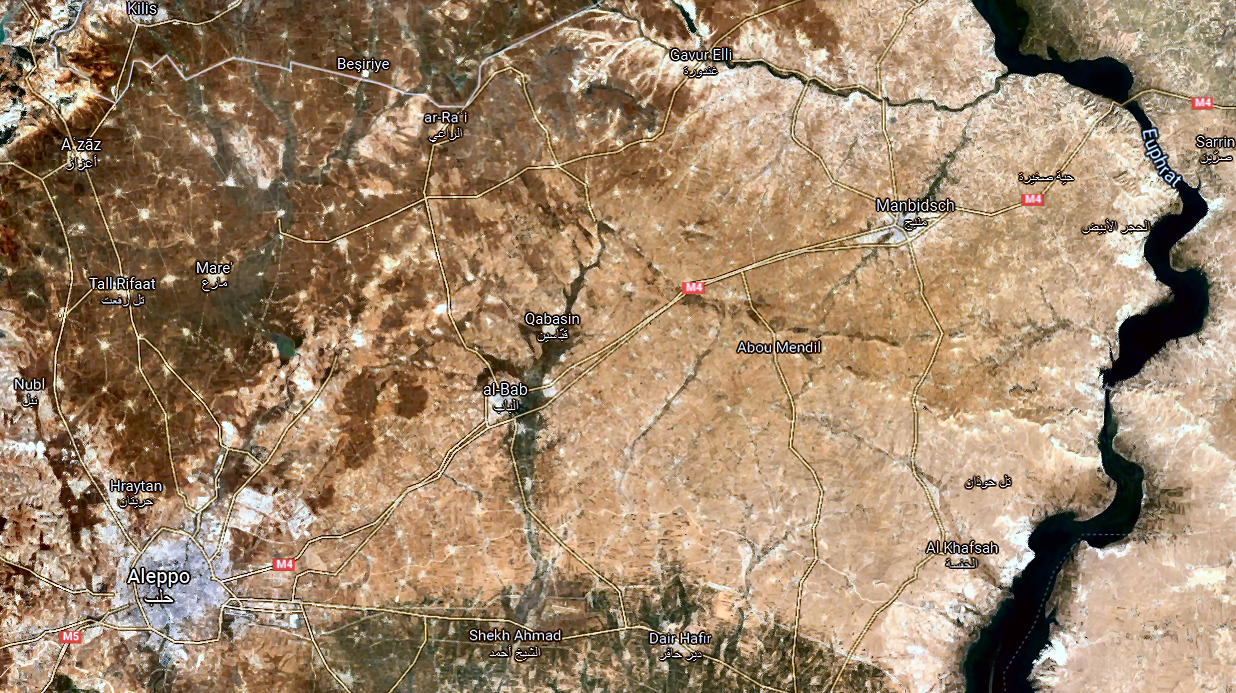Saturday, 13 November 2021
Muṣṭafā / ʿĪsā al-Bābī al-Ḥalabī
1858 Aḥmad from al-Bāb, north-east of Aleppo, came to Cairo and together with others
opened a publishing house. Having no children he invited his cousins to join him and
they took over the enterprise becoming Muṣṭafā al-Bābī al-Ḥalabī
I have been in two offices,
one behind the Azhar
und eines am -- nach dem Verlag benannten -- Midan al-Halabi
al-Muḫallalātī
Many think that the 1924 print was the first with the ʿUṯmānic rasm.
That's not correct.
Already for a long time India had producecd maṣāḥif with the defective rasm.
So had Morocco.
And in 1308/1890 in Egypt a muṣḥaf with the ʿUṯmānic rasm according to ad-Dānī was printed.
That's not correct.
Already for a long time India had producecd maṣāḥif with the defective rasm.
So had Morocco.
And in 1308/1890 in Egypt a muṣḥaf with the ʿUṯmānic rasm according to ad-Dānī was printed.
Monday, 8 November 2021
Tom Milo ‒ mushafmuscat.om ‒ mushaf oman
God news about Tom Milos mushafmuscat.om
Thomas Milo analysed the best examples of high Ottoman calligraphy = court calligraphy, synthesized its Grammar (term coined by him) ‒ ignoring all other (lesser) Ottoman calligraphers.
He and his team succeded in aping human writing: first the stroke, then the dots, at last the additional signs. Like the writers of old, the signs of each category have to be in the right order, but they don't have to be exactely above resp. below the character that they modify.
In Kein Standard I critisized a word in 4:4, where Milo placed a madda above a consonant, although according to G24 (followed strictly by ʿUṯmān Ṭaha) madda can only sit above a vowel ‒ šadda "lengthening" consonants.
Today I looked at 4:4 again and low and behold, the wrongly placed (blue) madda was moved to its proper place: Thomas Milo had to be flexible all the time. In his view dots belong to letters including its connection to the next resp. its tail signaling: End Letter. But the Omanis thought that the dots belong to the "heart" of the letter, the tooth resp. the defining part.
Milo wanted staked lettergroups, Omanis prefered baseline letters with a clear right-to-left order. Milo agreed to half way solutions.
His elektronic Muṣḥaf is marvellous!
But Oman never had it printed. A printed, a bound codex does not exist.
Instead a Muṣḥaf ʿOmān was calligraphed by Qadusi and printed ‒ by the way not as strictly simplified as ʿUṯmān Ṭaha, hardly less Ottoman than Milo's electronic muṣḥaf.
Thomas Milo analysed the best examples of high Ottoman calligraphy = court calligraphy, synthesized its Grammar (term coined by him) ‒ ignoring all other (lesser) Ottoman calligraphers.
He and his team succeded in aping human writing: first the stroke, then the dots, at last the additional signs. Like the writers of old, the signs of each category have to be in the right order, but they don't have to be exactely above resp. below the character that they modify.
In Kein Standard I critisized a word in 4:4, where Milo placed a madda above a consonant, although according to G24 (followed strictly by ʿUṯmān Ṭaha) madda can only sit above a vowel ‒ šadda "lengthening" consonants.
Today I looked at 4:4 again and low and behold, the wrongly placed (blue) madda was moved to its proper place: Thomas Milo had to be flexible all the time. In his view dots belong to letters including its connection to the next resp. its tail signaling: End Letter. But the Omanis thought that the dots belong to the "heart" of the letter, the tooth resp. the defining part.
Milo wanted staked lettergroups, Omanis prefered baseline letters with a clear right-to-left order. Milo agreed to half way solutions.
His elektronic Muṣḥaf is marvellous!
But Oman never had it printed. A printed, a bound codex does not exist.
Instead a Muṣḥaf ʿOmān was calligraphed by Qadusi and printed ‒ by the way not as strictly simplified as ʿUṯmān Ṭaha, hardly less Ottoman than Milo's electronic muṣḥaf.
Subscribe to:
Comments (Atom)
Nairīzī
Mirza Aḥmad an-Nairīzī (ca. 1650–1747) is the last of the classical Iranian calligraher s. Informations are hard to find, because often und...

-
40 years ago Adrian Alan Brockett submitted his Ph.D. to the University of St.Andrews: Studies in Two Transmissions of the Qurʾān . Now...
-
There are several types of madd sign in the Qurʾān, in South Asian masāhif: madd al-muttasil for a longer lengthening of the vowel used...
-
Although it is often written that the King Fuʾād Edition fixed a somehow unclear text, and established the reading of Ḥafṣ according to ʿĀ...











